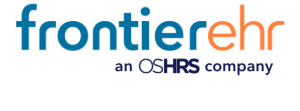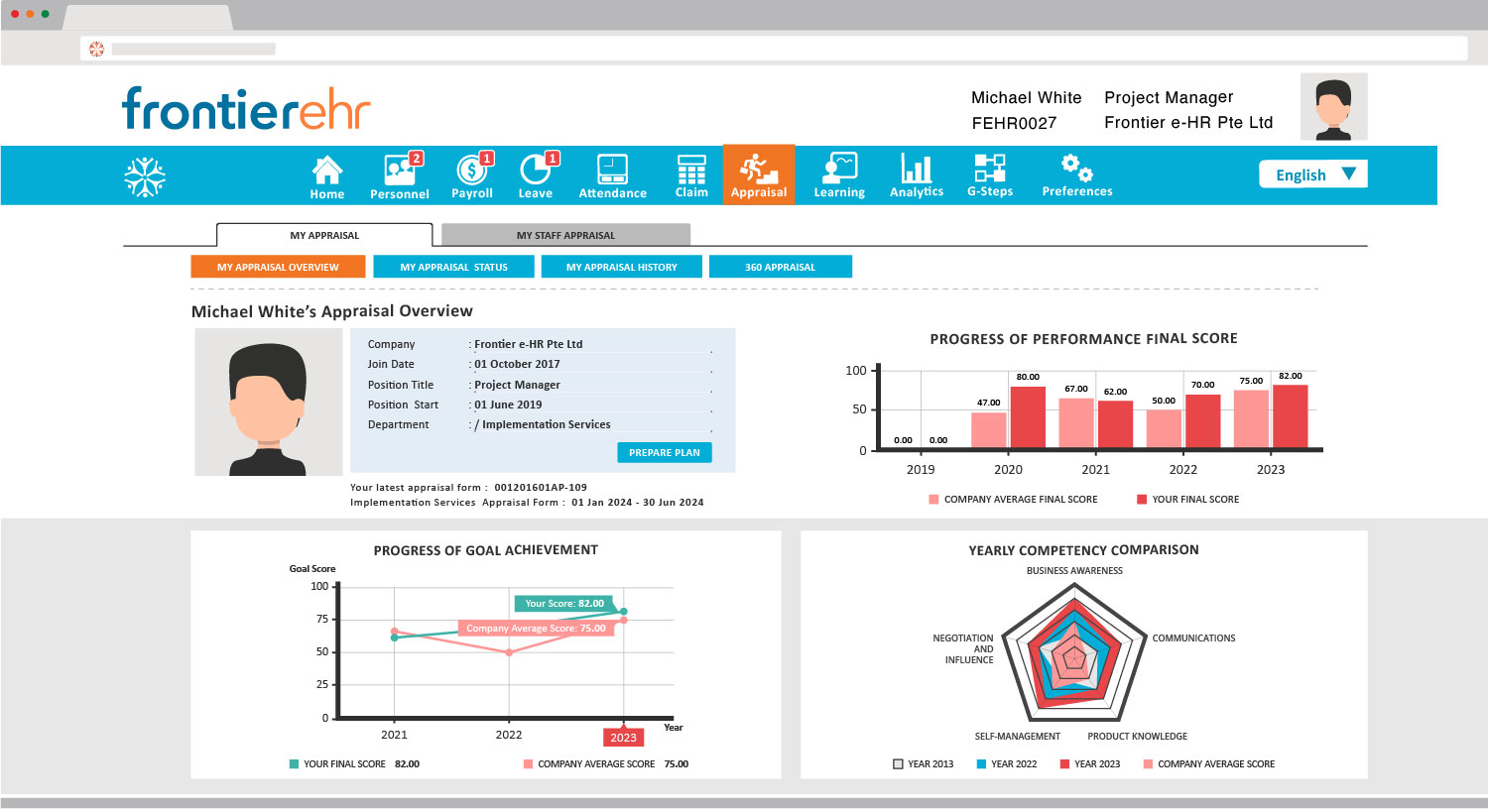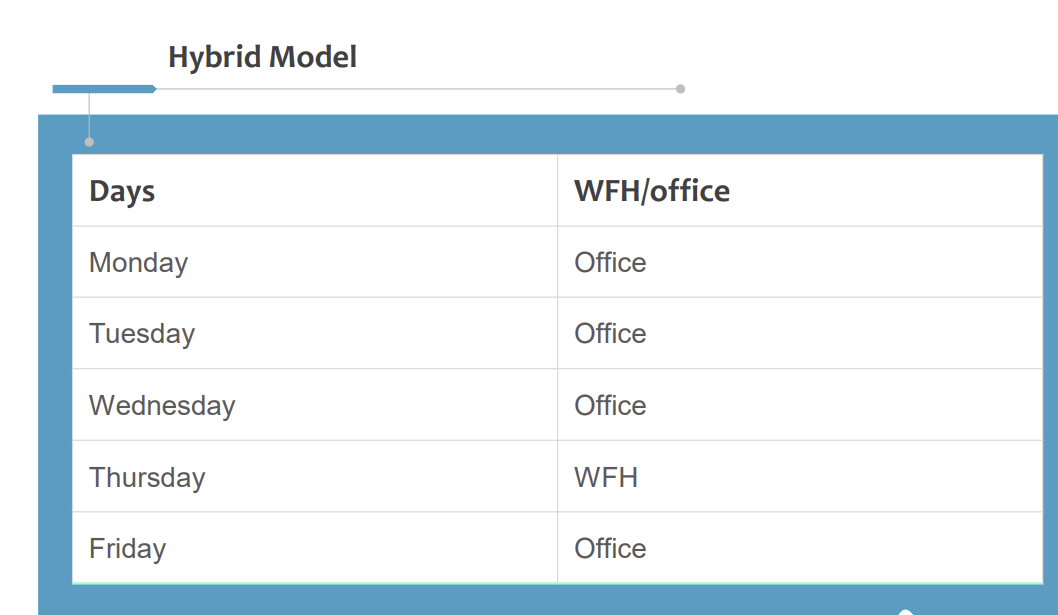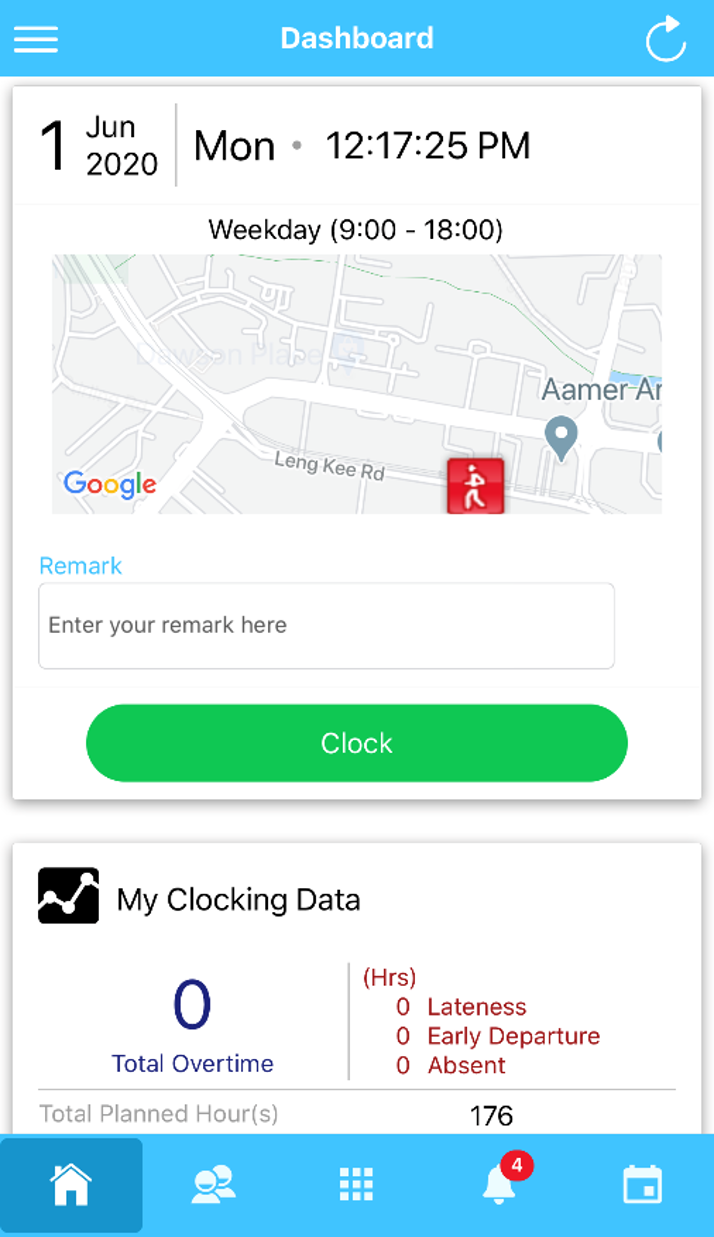Embracing Flexible Work Arrangements (FWA) & How Leveraging HRMS Benefits Both Employers and Employees
Flexible work arrangements (FWAs) are increasingly essential for creating inclusive workplaces. As Singapore’s population ages and caregiving demands rises, the necessity for flexible or hybrid work models has become more prominent.
FWAs benefit both employers and employees when tailored to meet their needs, serving as a key component in talent attraction and retention strategies. This article explores the 2024 Tripartite Guidelines for FWAs, which aim to foster a more inclusive and productive work environment in today’s competitive labor market.
Tripartite Guidelines on Flexible Work Arrangement Requests (TG-FWAR)
The guidelines cover:
(a) Employees should ask for and use Flexible Work Arrangements (FWAs)
(b) Employers and supervisors should handle FWA requests properly
(c) Minimum standards for all employers, plus suggestions for good practices when managing FWAs.
These guidelines do not prevent employers from implementing more progressive practices beyond the outlined requirements.
What are Flexible Work Arrangements?
Flexible work arrangements are agreements between employers and employees to change the usual work setup. They can be grouped into:
(1) Flexi-place: Working from different locations other than the office, like telecommuting or working from home
(2) Flexi-time: Working at different times without changing the total work hours or workload, such as flexi-hours, staggered hours, or a compressed work schedule
(3) Flexi-load: Employees work with adjusted workloads and receive pay accordingly, such as through job sharing or part-time work
Other Common FWAs
(4) Shift-swapping: Allows shift workers to trade shifts when needed
(5) Time-banking: Employees who work extra hours outside their regular schedule can save those hours in a “time bank” and use them later as time off
Employee’s Common Concerns
(a) Employee: what if I take on FWA and my manager uses this against my promotion
Recommendation: Employees need to know what’s expected of their work and performance before starting FWA. Regular meetings during FWA can check if goals are being met, and yearly or biannual appraisal can track performance and keep everyone on target.
(b) Employee: How can I communicate to my boss to start the request
Recommendation: Be clear and open about your needs regarding FWA. Consider how FWA may affect your workload and team dynamics, and collaborate with your manager to find the best solution. Additionally, submit a formal FWA request to ensure everything is documented and reviewed appropriately.
Employer’s Common Concerns
(a) Employers: What if I cannot find my employees when they are on FWA and there are not enough manpower to attend to my business needs
Recommendation: Supervisors and employees should agree on how to stay reachable during work hours on FWA. Setting clear expectations, implementing a buddy system, planning ahead, and clocking in when needed can help maintain smooth operations.
At Frontier e-HR, managers can review staff availability and leave applications before approving FWA, ensuring there’s enough manpower to maintain operations.
Frontier e-HR’s Time Attendance System tracks real-time employee attendance, providing HR with up-to-date insights. The cloud-based system is easy to use, offering flexible schedules, custom work patterns, and multi-shift management. With mobile app access, biometric login, and GPS tracking, it streamlines attendance for any industry.
(b) Employers: My employees work staggered hours. How can I track their attendance, and will I need to hire additional staff to manage this?
Benefits of FWA Singapore
(1) Increased Job Satisfaction: Flexible work schedules often boost employee morale and satisfaction, leading to better retention.
(2) Enhanced Productivity: Research shows that employees with flexible arrangements tend to be more productive, as they can balance work and personal life more effectively.
(3) Attracting Talent: Offering FWAs can be a key advantage in a competitive job market, helping to attract and retain top talent.
(4) Reduced Absenteeism: Flexibility helps employees manage personal commitments and health, leading to fewer absences.








